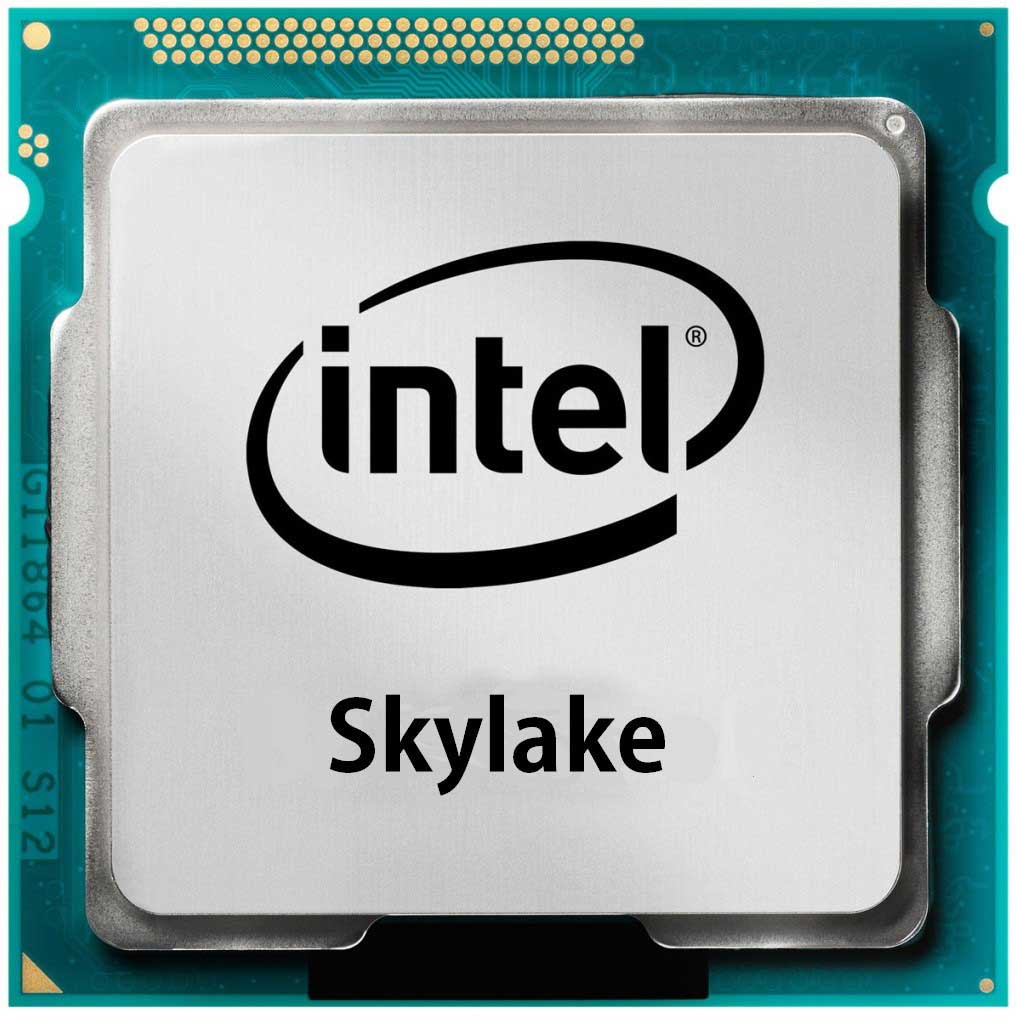"Turbo" Push-Button overclocking to make a comeback according to Intel
Those who remember the bygone age of 80486 processors, they might remember a little-known feature, largely disregarded by most entry-level users, called the “Turbo button”. The purpose of the Turbo button was to introduce a form of push-button overclocking, mostly useful for compatibility.
The concept of on-demand overclocking has not gone away through the decades, and it can still be found in many of the latest PC and Mac hardware. However, the way to manage clock speeds has been so far mostly software-based, such as Asus TurboV EVO, or AMD Overdrive, at least on desktop PCs.

On laptops, the closest we can find to this concept is automatic GPU switching, in devices that provide hybrid graphics capabilities, such as the MacBook Pro, or some of the more high-end laptop PCs.
Overclocking can provide a considerable boost to performance, on the other hand it affects the life of the processor as the amount of heat generated by faster processing must be met with an efficient cooling method, which may not be as easy to implement on a laptop, as it is on a desktop PC, with more room available for a liquid-cooling system, or larger heatsinks, to allow proper heat dissipation.
How Intel Skylake will bring push-button overclocking to laptops
The upcoming Intel Skylake CPU is reportedly capable of running at 4.00GHz out of the box, and up to 5.8GHz when overclocked and operating in sub-freezing temperatures.
At room temperature, however, overclocking can still be accomplished without risking fatal damage to the CPU. This is likely to be taken into consideration by gaming laptop makers like MSI, who understand the importance of providing every available option out of the box, including an easy way to create a temporary “nitro-boost”, within certain guidelines.
There is a big difference between custom PCs built by their owners, willing to take responsibility for every setting applied to their hardware, and laptops built by a manufacturer required to provide certain guarantees on how hardware can be operated safely out of the box. Considering the spectacular specs expected from Skylake, upon its introduction to manufacturers worldwide, could represent a shift in how gaming laptops are built.
By these premises, a “Turbo button” is likely to return, as a way to toggle between pre-programmed settings, that is easy enough for users to understand. Possible scenarios of this mechanism could include an auto-mode, similar to how hybrid GPUs are switched, according to the application in use, and a manual mode, with a physical toggle, which could work in concert with temperature sensors, capable of take over and throttle the CPU back to default settings, when past a certain temperature.